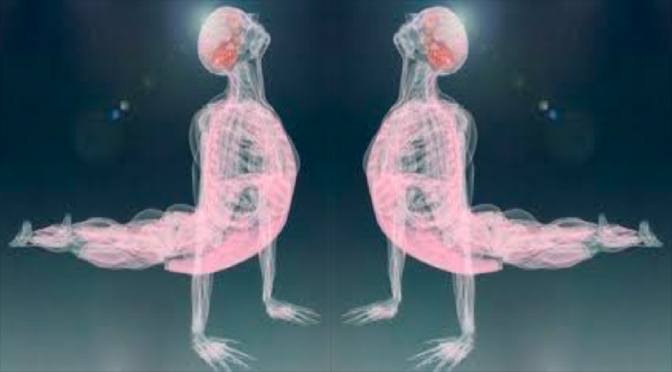In simple terms, Fascia is a combination of connective tissue fibers residing under the skin’s surface in our bodies. The function Fascia carries out in the body is to attach, stabilize, enclose, and separate muscles and internal organs.
Tendons and ligaments are examples of Fascia that absorb shock and distribute impact. For example, when tendons are tight, dehydrated, and shortened, they are unable to absorb impact and cause pain.
Fascia also has an organ suspension function. Each organ in the body, whether liver, stomach, or intestines, are initially wrapped in a layer of Fascia, including the pelvis, ribs, and spine.
Joint health, injury free sports, healthy organs, and fluid movement are all dependent of Fascia, and a healthy body system on the whole.
Sleep and Exercise
Sleeping better has a direct correlation with Fascia and in order to lead a healthy care free life sleeping is of vital importance. Different types of sleepers would benefit from a variety of stretching exercises.
Some of them are listed here:
Stretch #1: Crab Walk
Anchor your feet towards the floor, pressing firmly into it, with your hands and face away from the body. Make sure to squeeze your glutes and press your hips until you look almost like a table top. Breathe deeply, keep your chin pressed to your chest, and hold it.
Stretch #2: Stretch the Longus Capitis
Lay on the floor, while pressing your hands to your feet. Lift your head off the floor slowly and curl your chin to your chest. Repeat six times approximately. Exhale, and do not hold your breath.
Stretch #3: Stretch the SCM
Lay on the floor while reaching for your heels with your hands. Press your feet firmly into the floor. Retract your chin and tilt your head to one side without turning your neck. Hold the end point of stretch and return to the start before you release.
Stretch #4: Stretch the Shoulders
In a doorway, press one forearm in the door frame at 90 degrees. Both feet are on the floor and your head should be reaching up to the ceiling. Step forward to stretch and stay for thirty seconds. Deep breathing helps release fascia during the hold.
Stretch #5: Leaning Back
Kneeling on a comfortable surface, with knees hip width apart, squeeze glutes, and the knees towards one another. Lean back until the burn feels intense. Make sure your low back is flat.
Stretch #6: Stretch the Rectus Femoris
Lie on your stomach, pull the heel of one foot to the buttock, and press the held foot into your hands. Keep hips on the floor and hold for thirty seconds. Release and switch feet.
Stretch #7: Stretch the Psoas
Kneel down and make sure your back heel is turned out. Squeeze glutes as tight as possible. Press hips forward without arching your lower back, while keeping your spine long and erect. Add tension in the arms by either pressing towards the floor or out in front of the torso. Hold for 60 seconds, switch legs, and repeat.
Stretch #8: Stretch the Lumbar Curve
Stand against a wall, with feet to the floor. Arch your back, so it separates off the wall, reverse curve and press entire back to wall, holding the body tense as you perform this stretch.
A Summarization: In Total
Ultimately, fascia is connective tissue. The composition of fascia is collagen, and its densities range from mere candy floss to a more thick fibrous fascia. It is the fabric that holds us together. It aids in transmitting forces throughout the body as a whole. A fascinating statement is that there are 10 times more sensory nerve endings in fascia than in muscles.
Key: Loving your Fascia
In order to love and take care of your fascia, do these four things:
1. Move Frequently
2. Move functionally
3. Get a massage
4. Fascial stretching














































